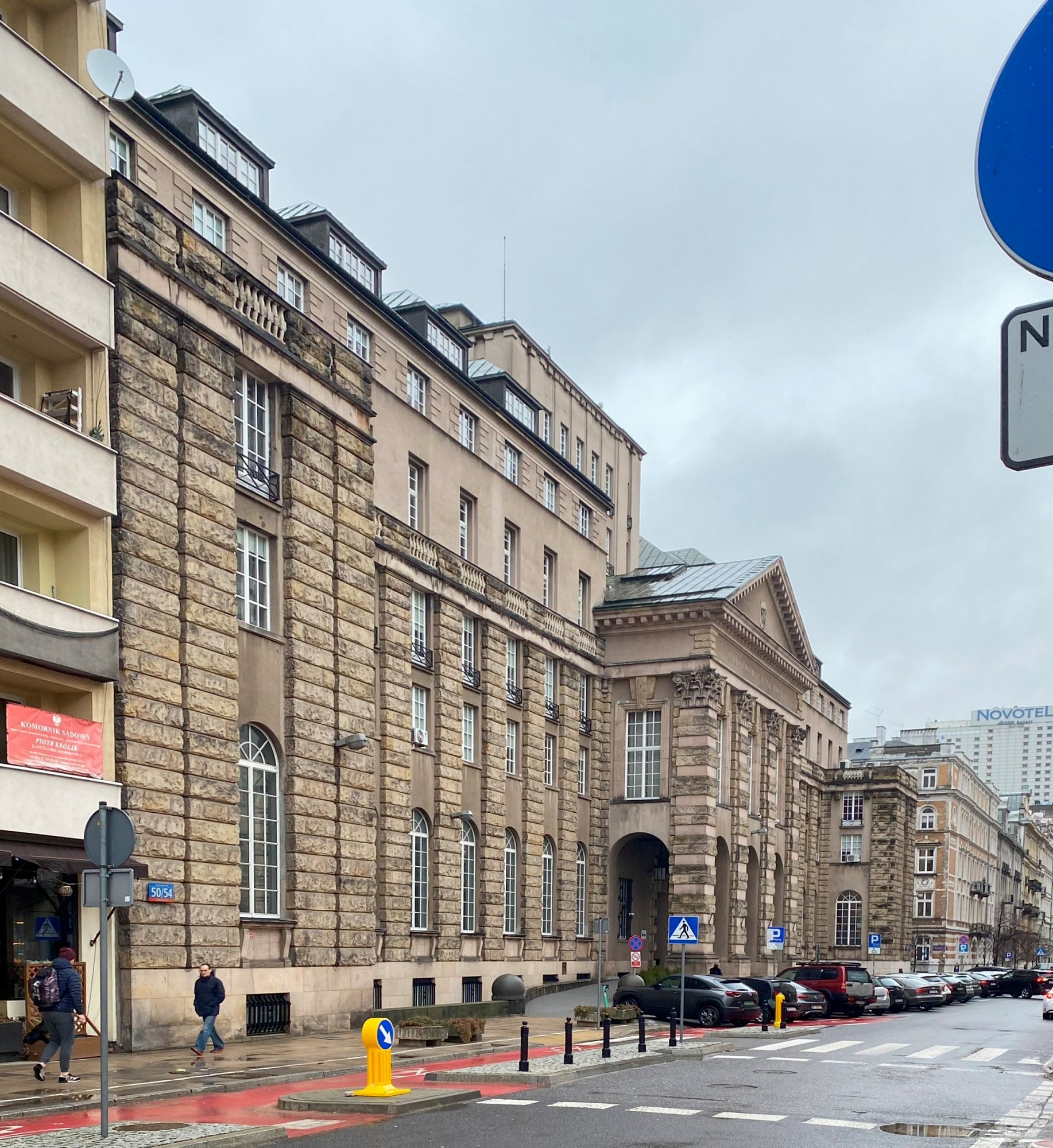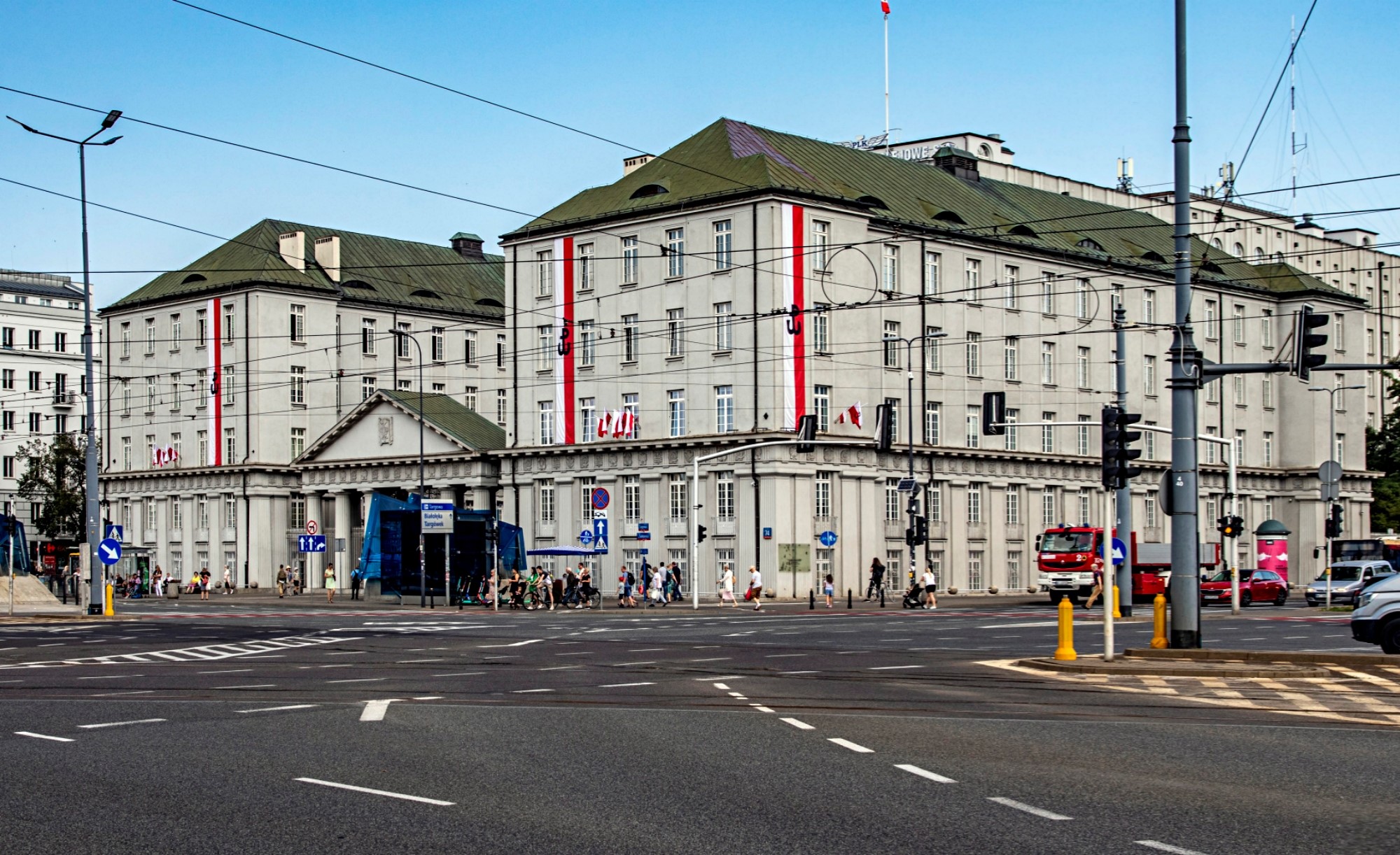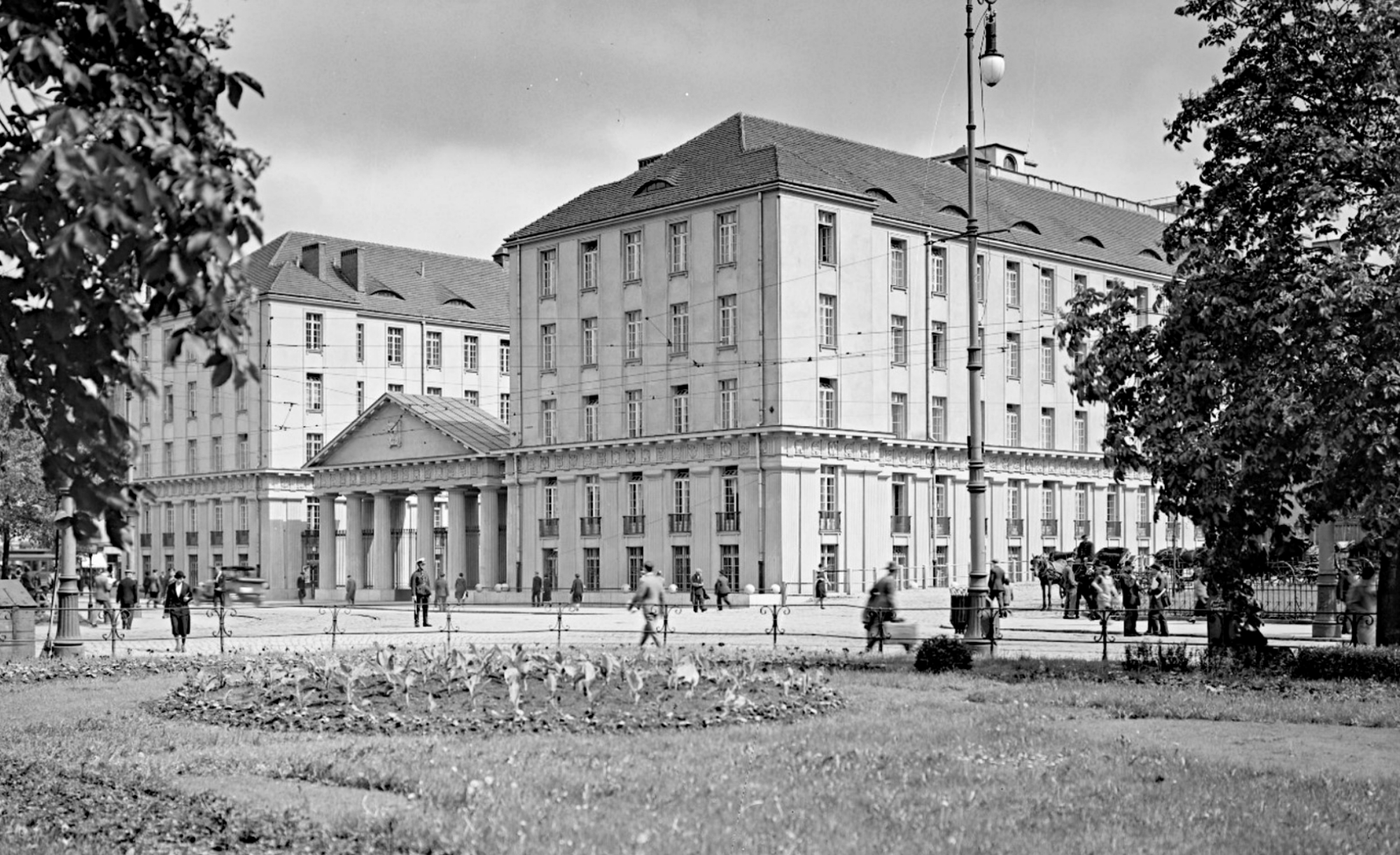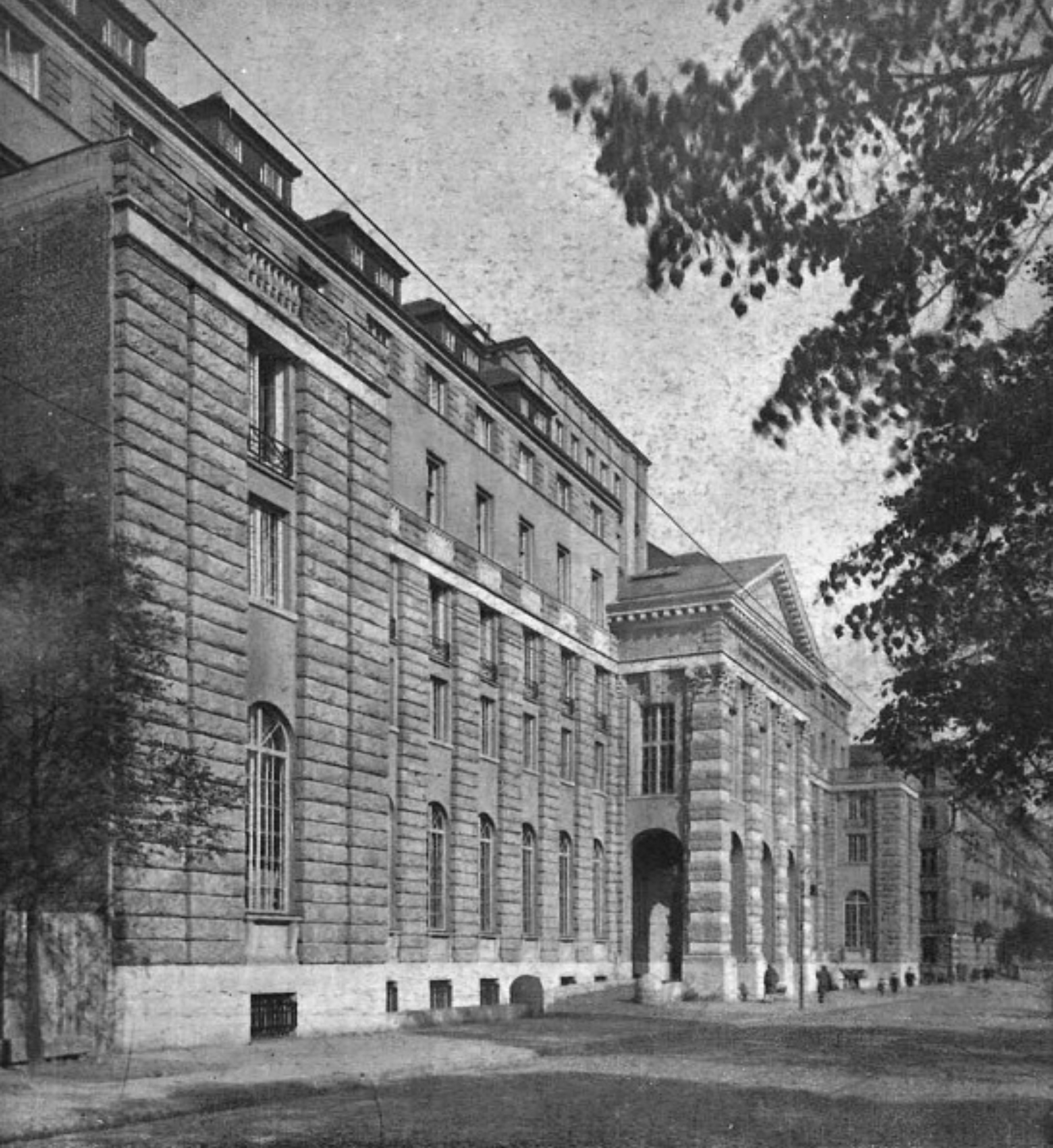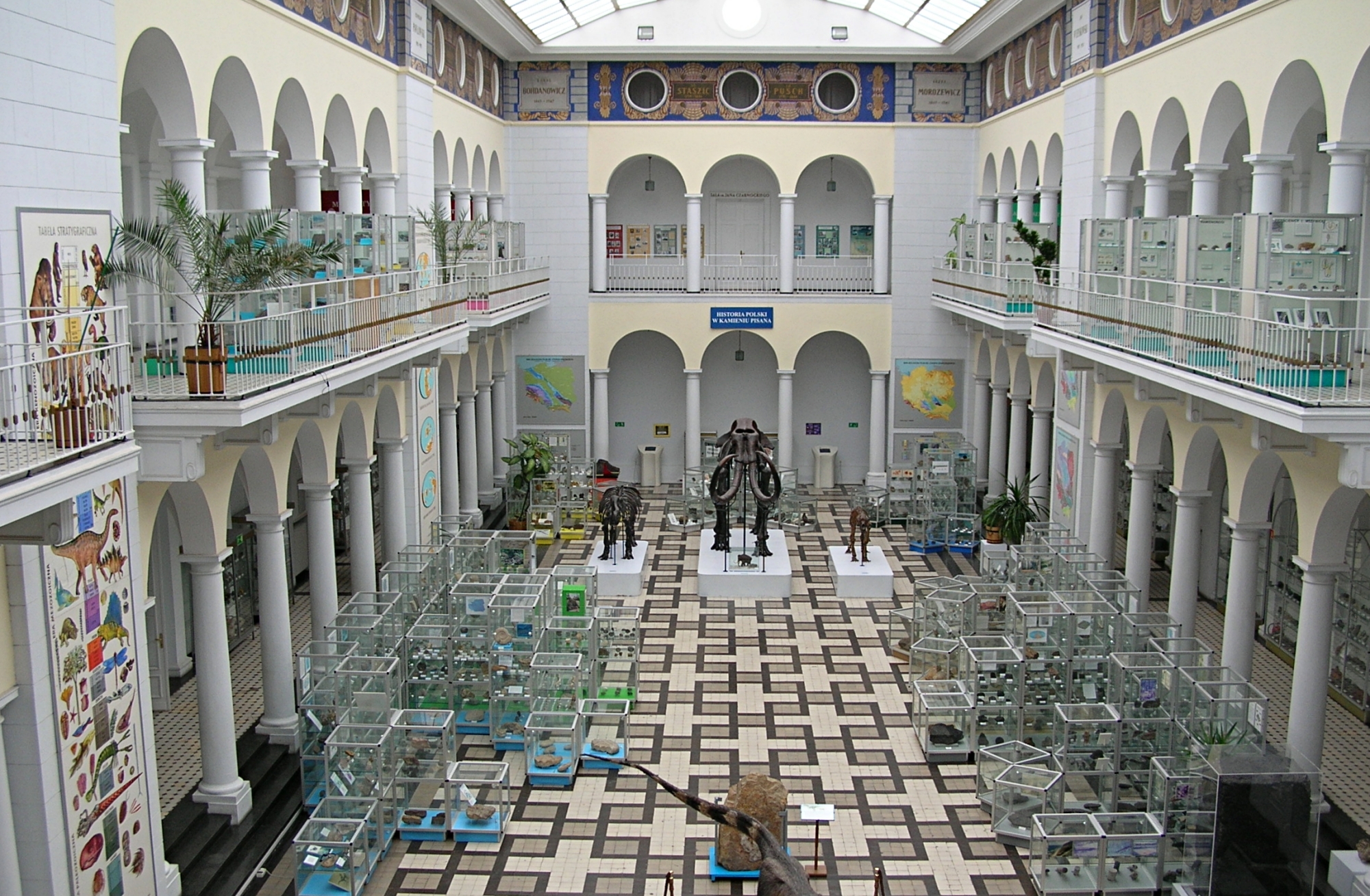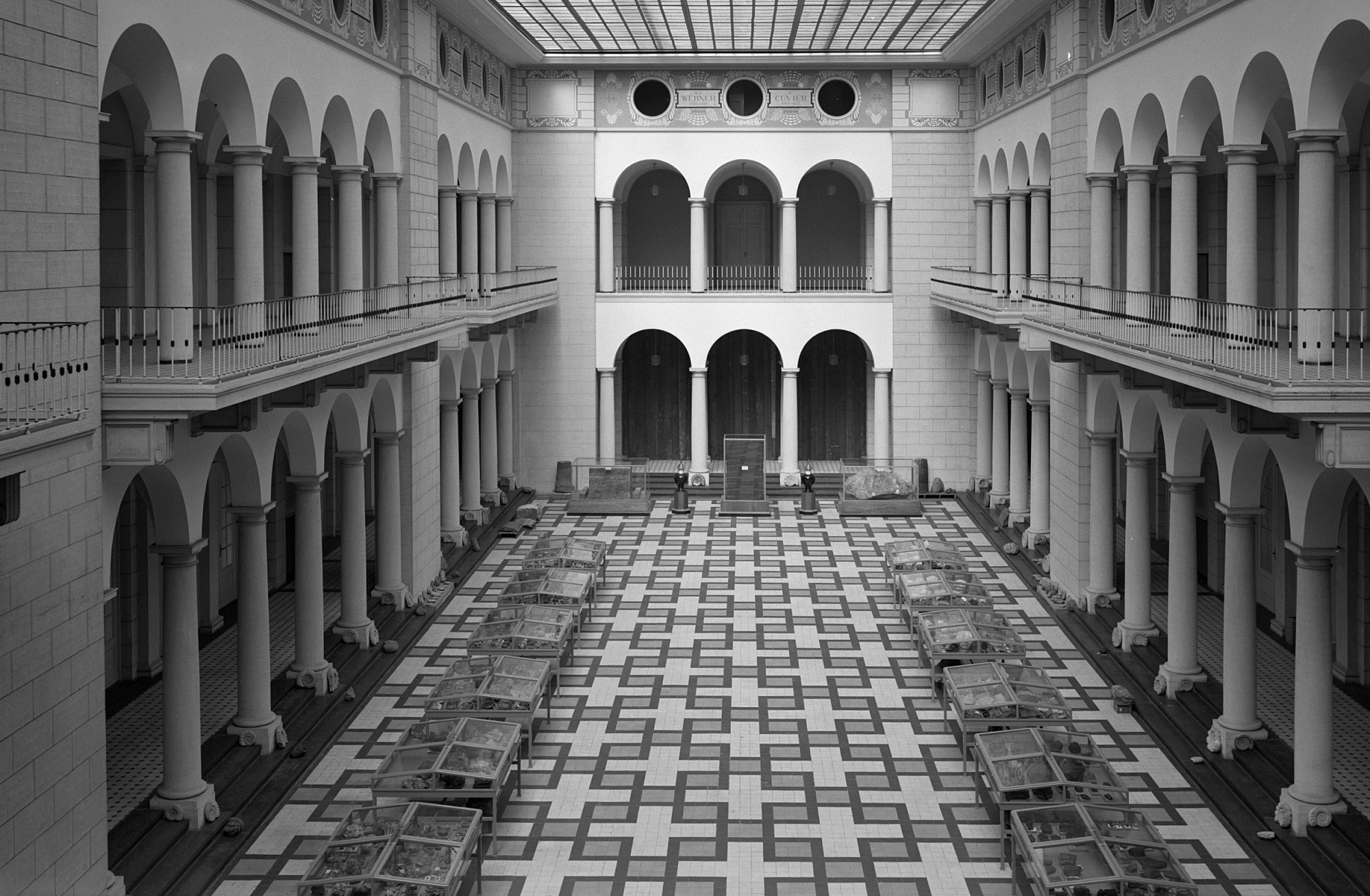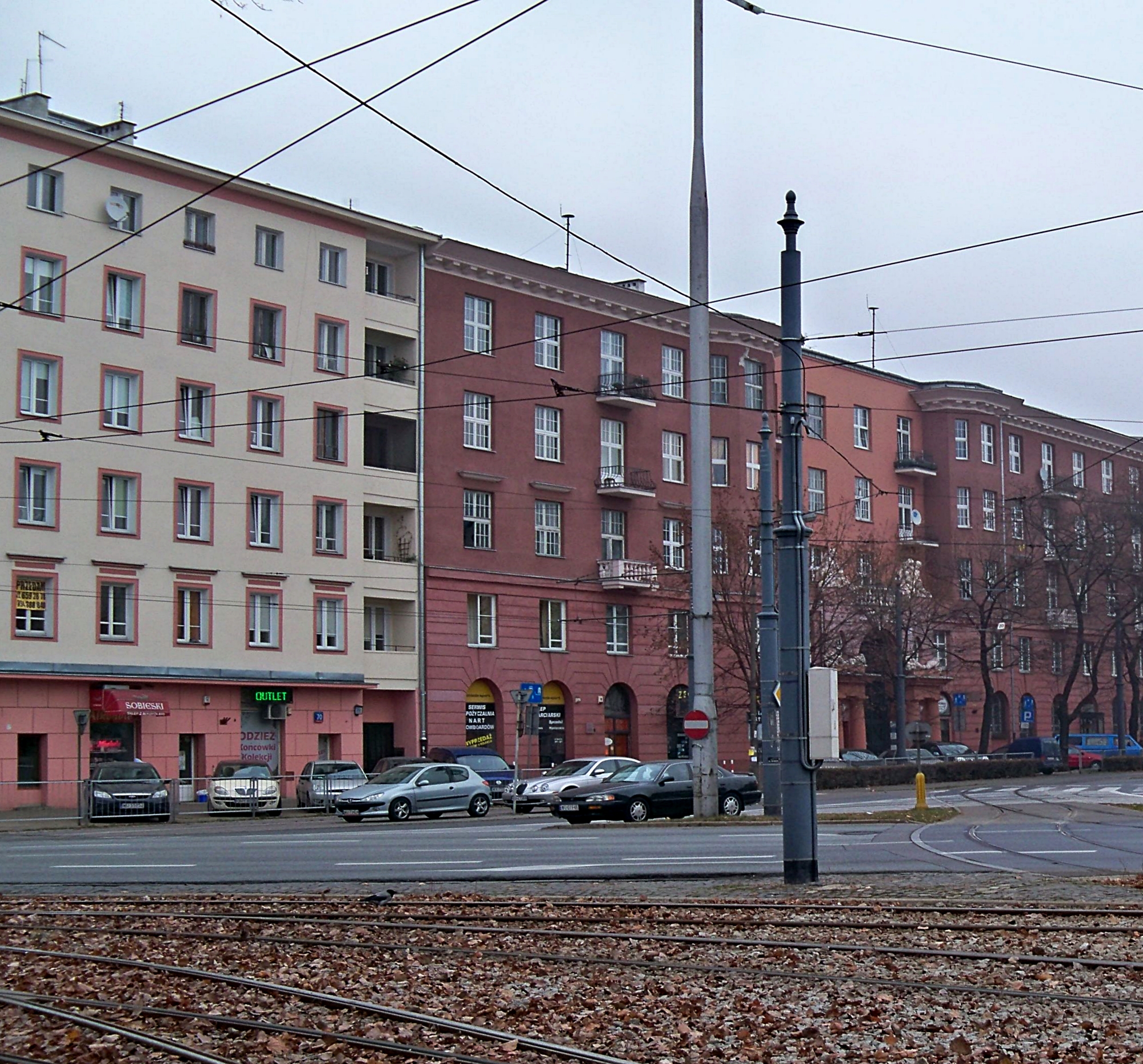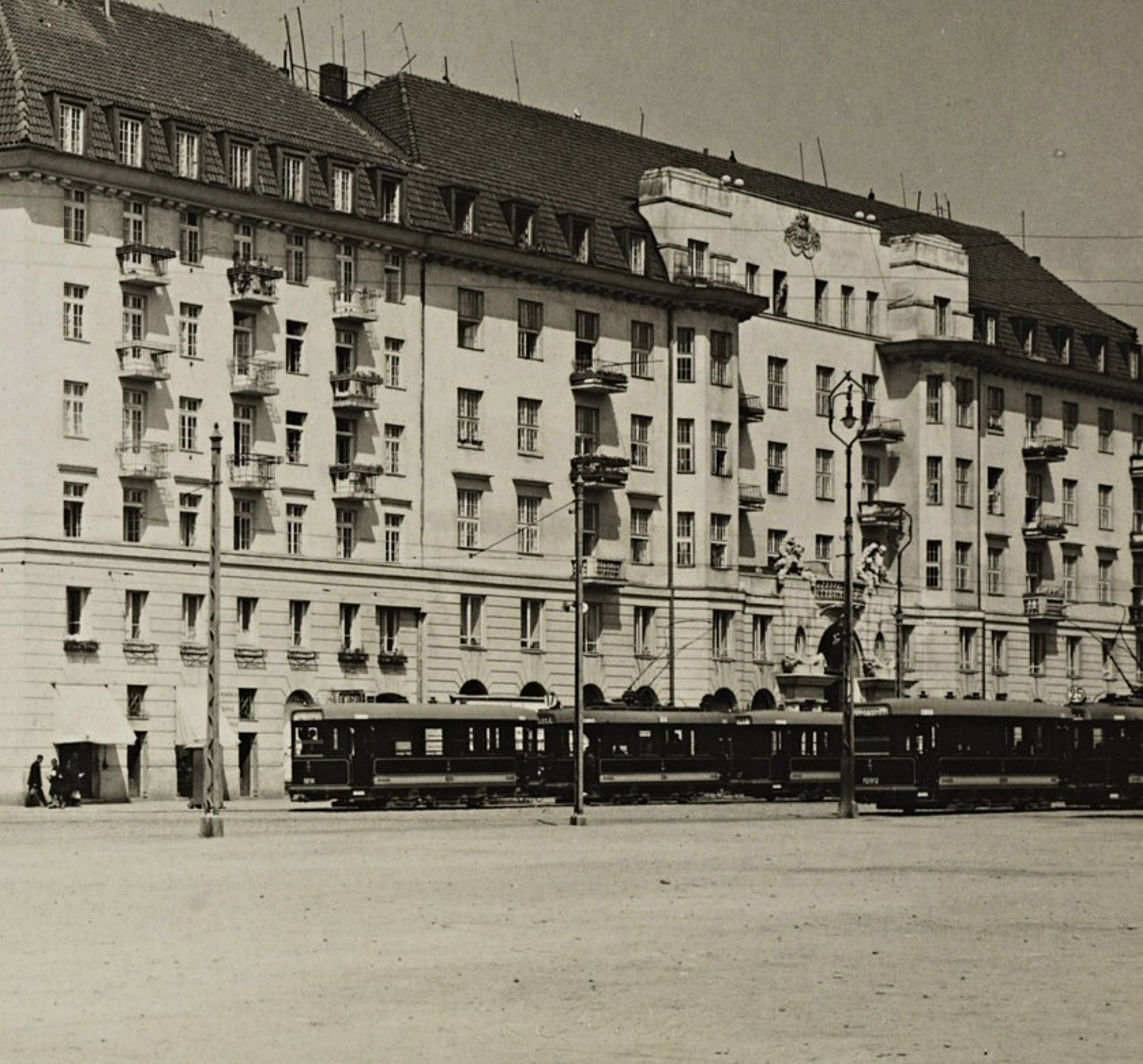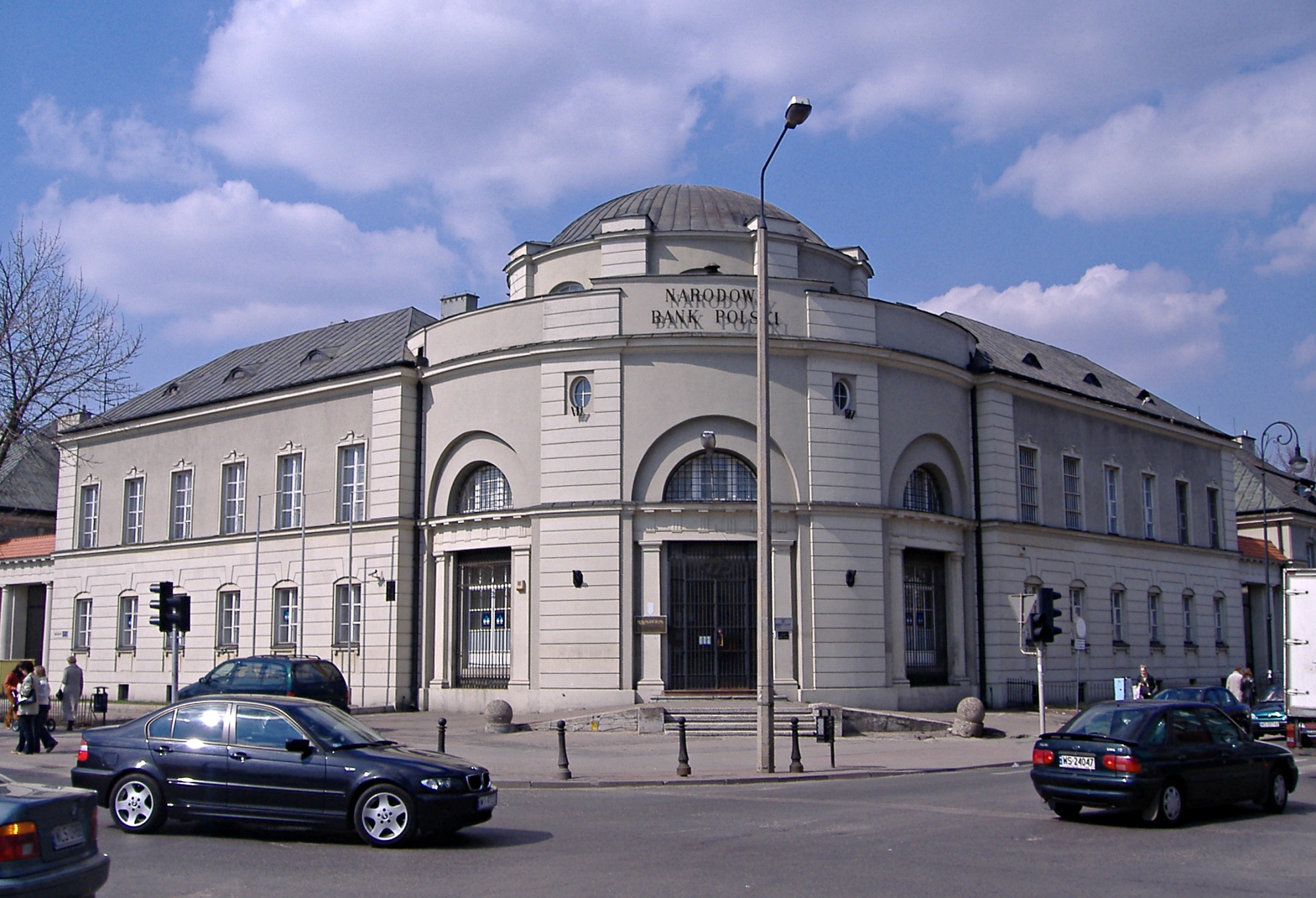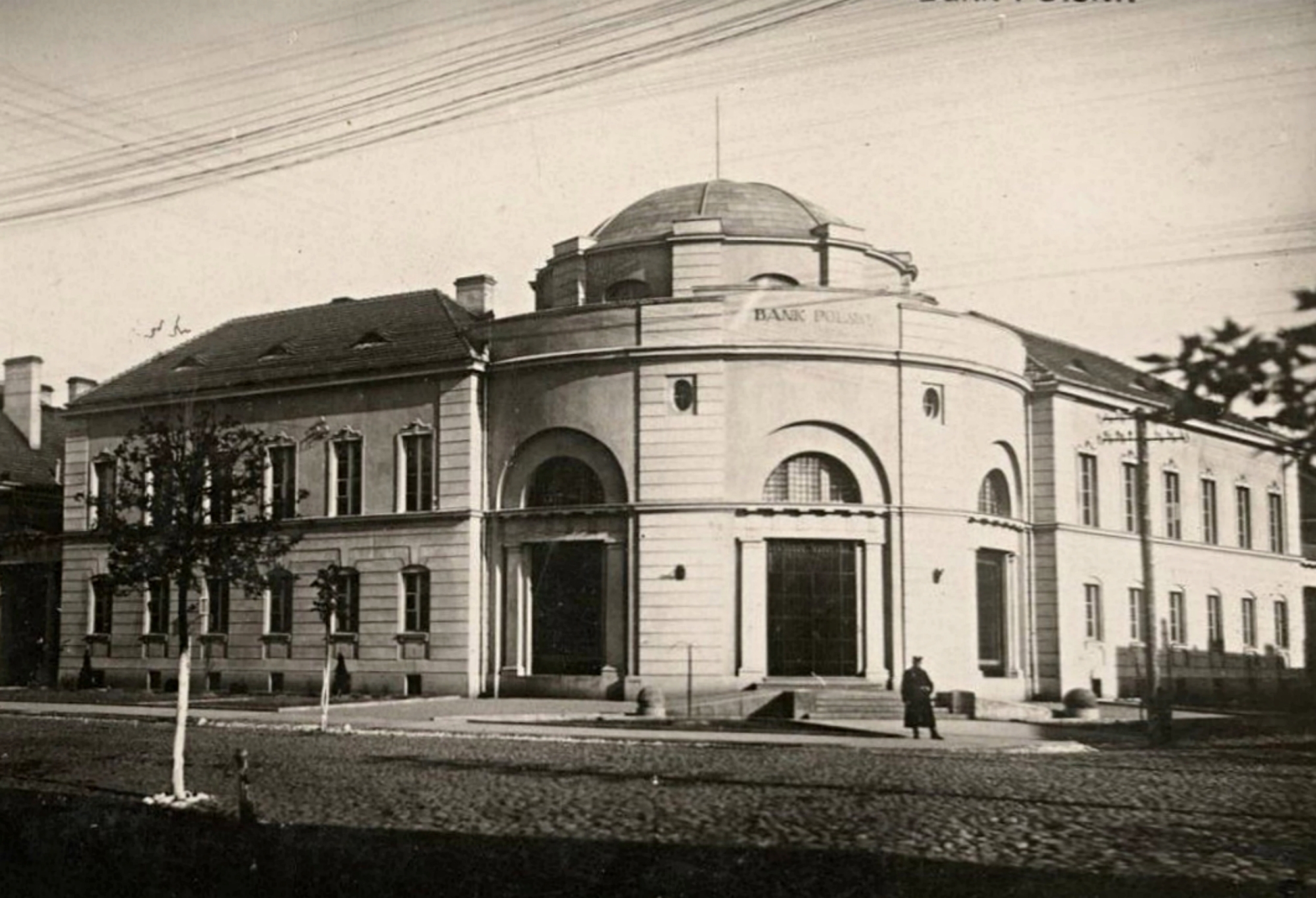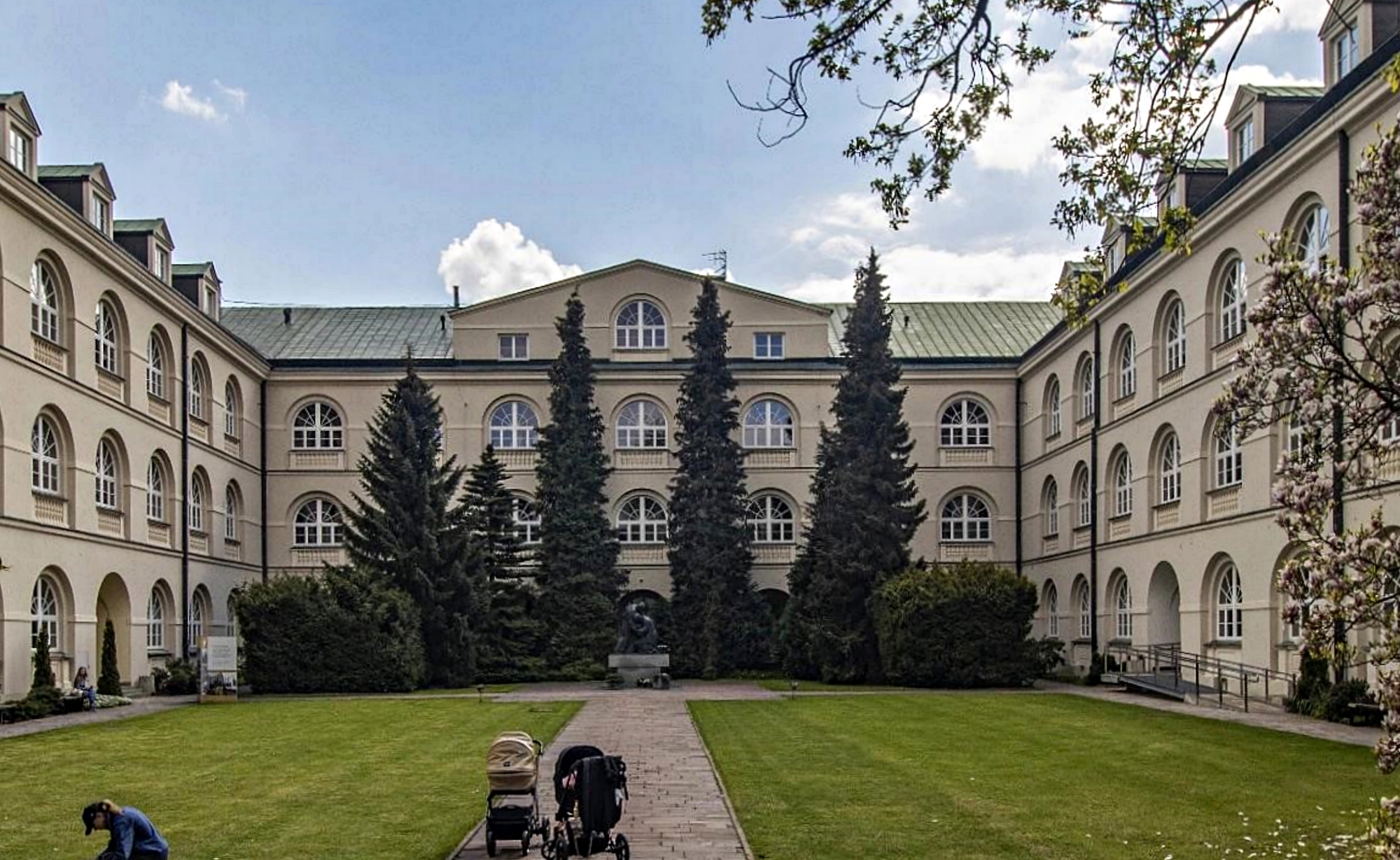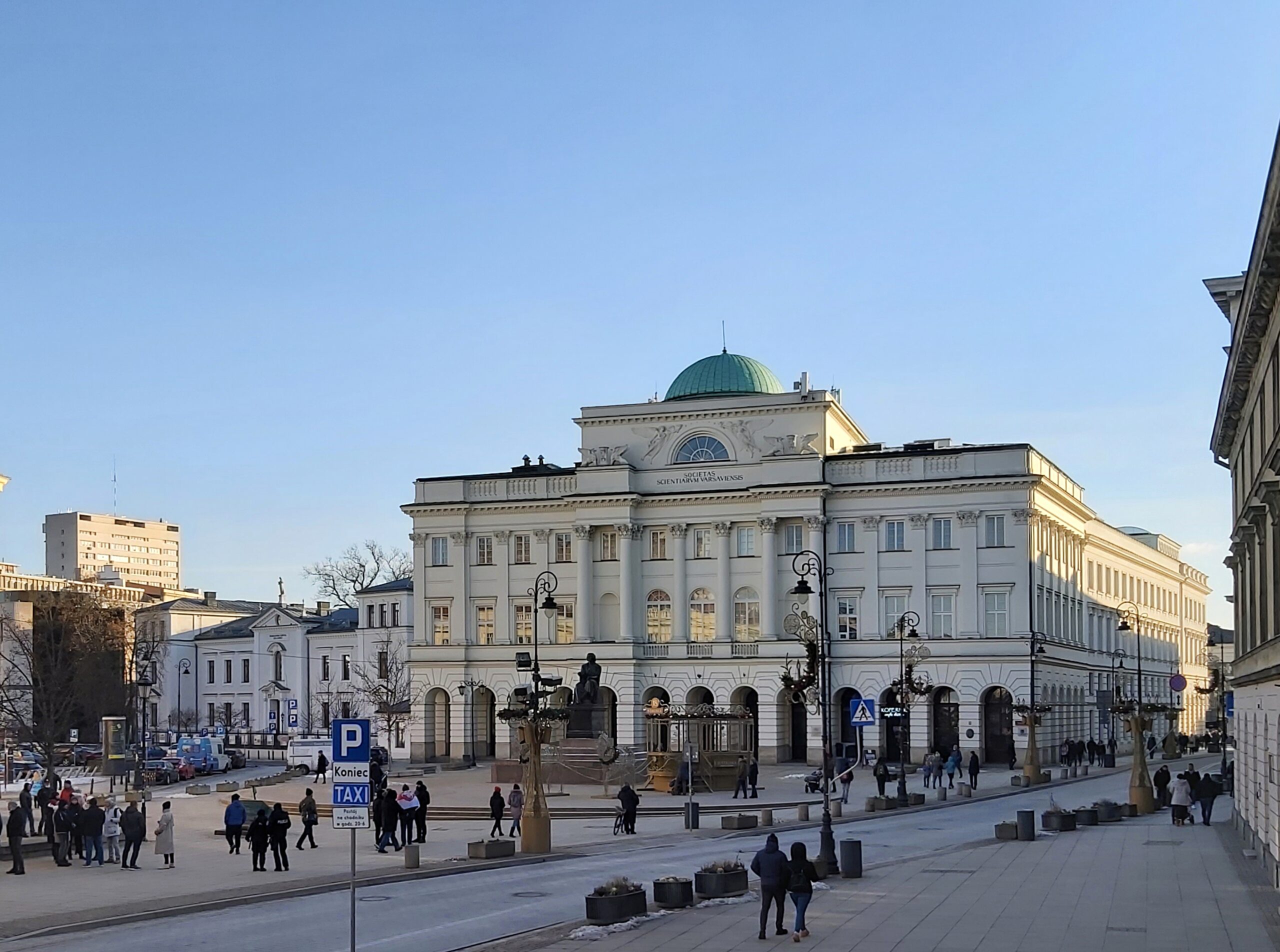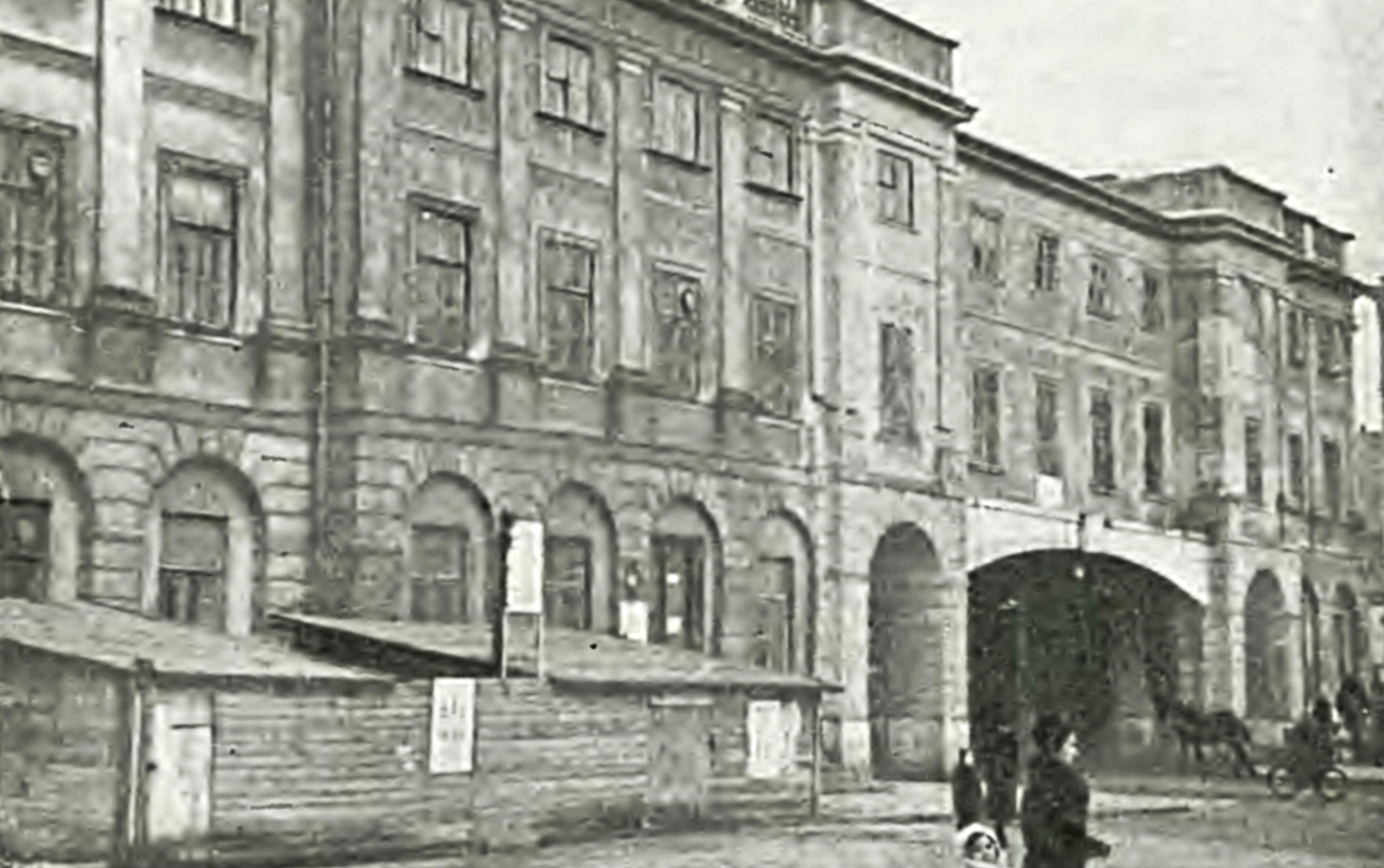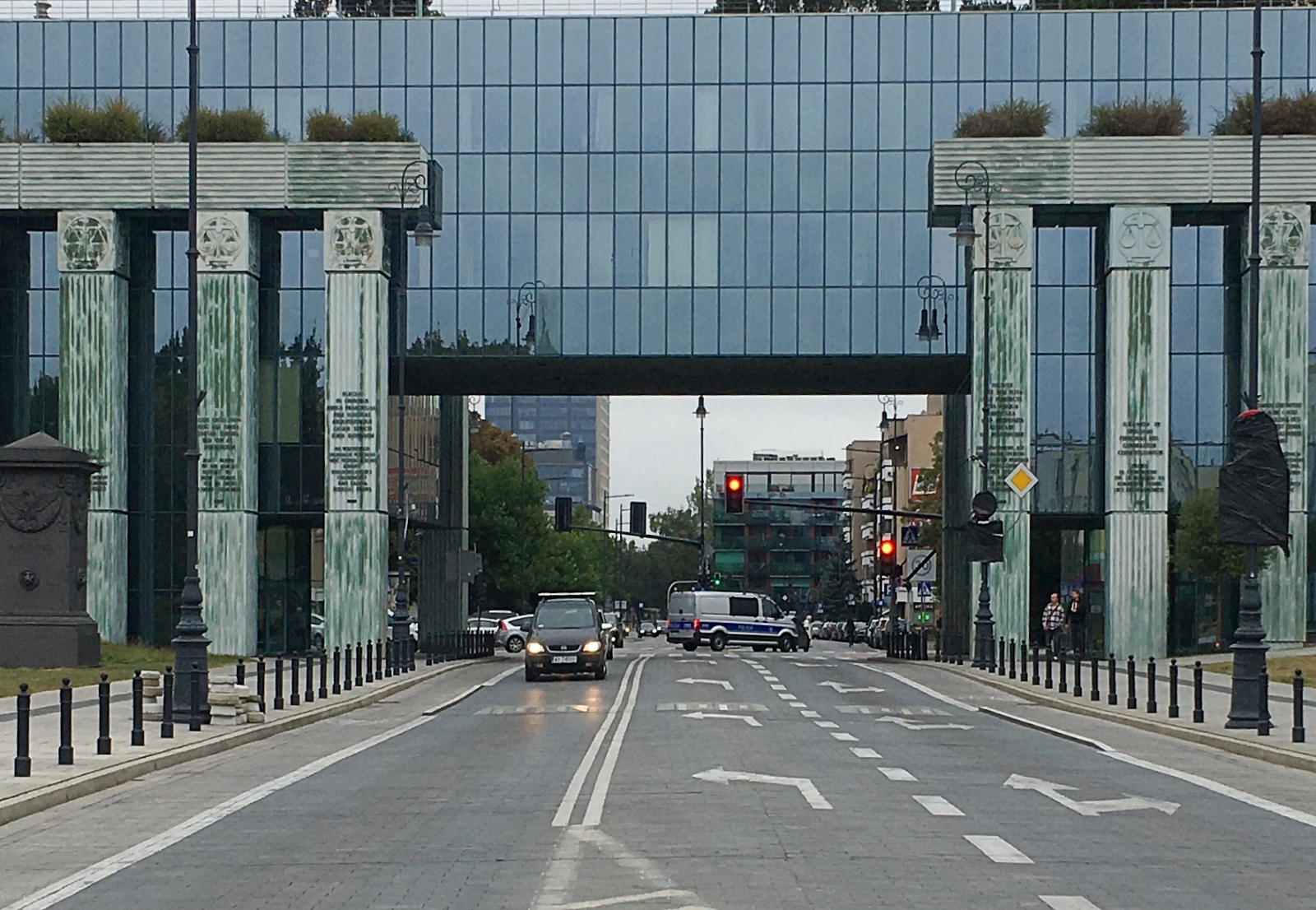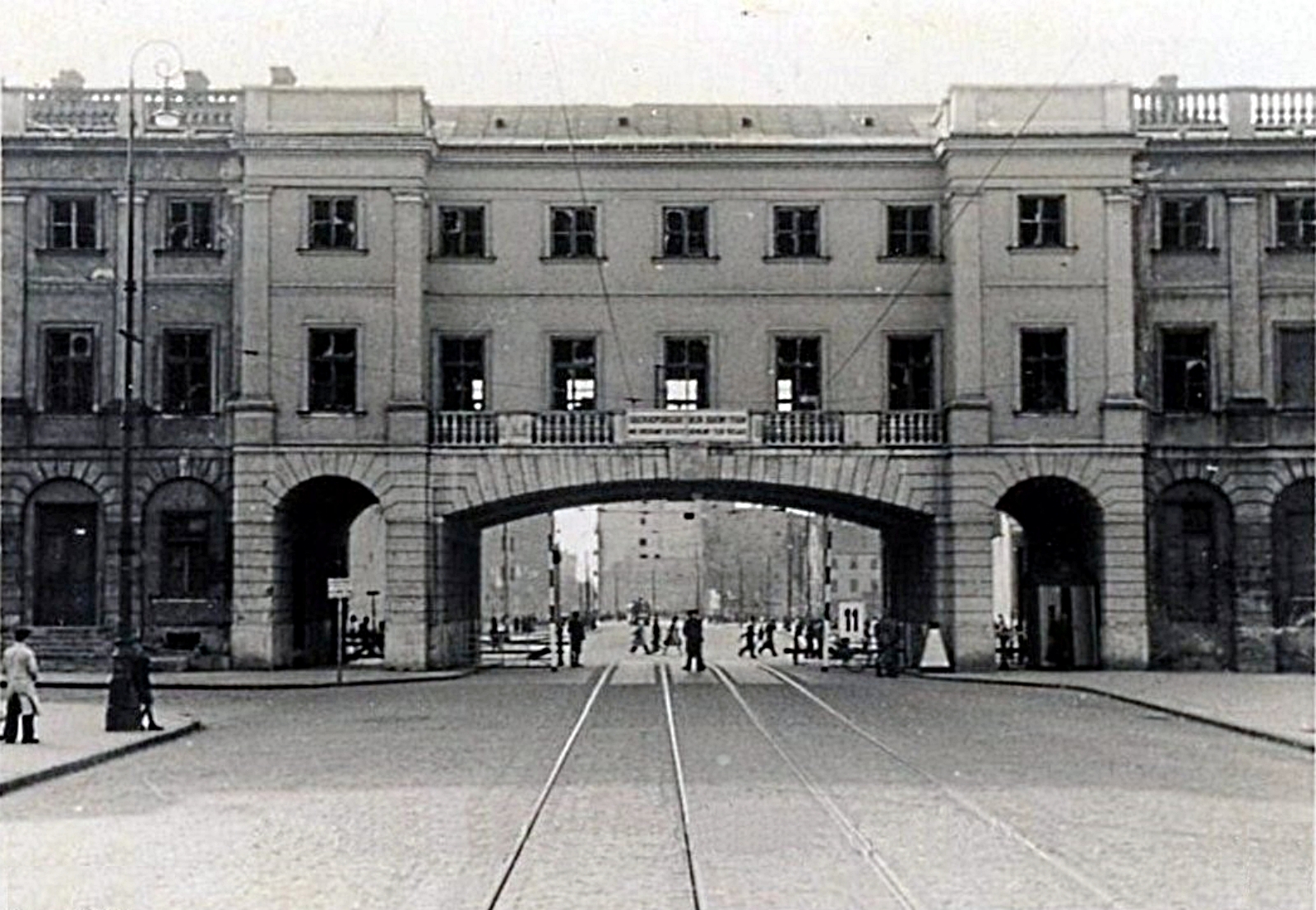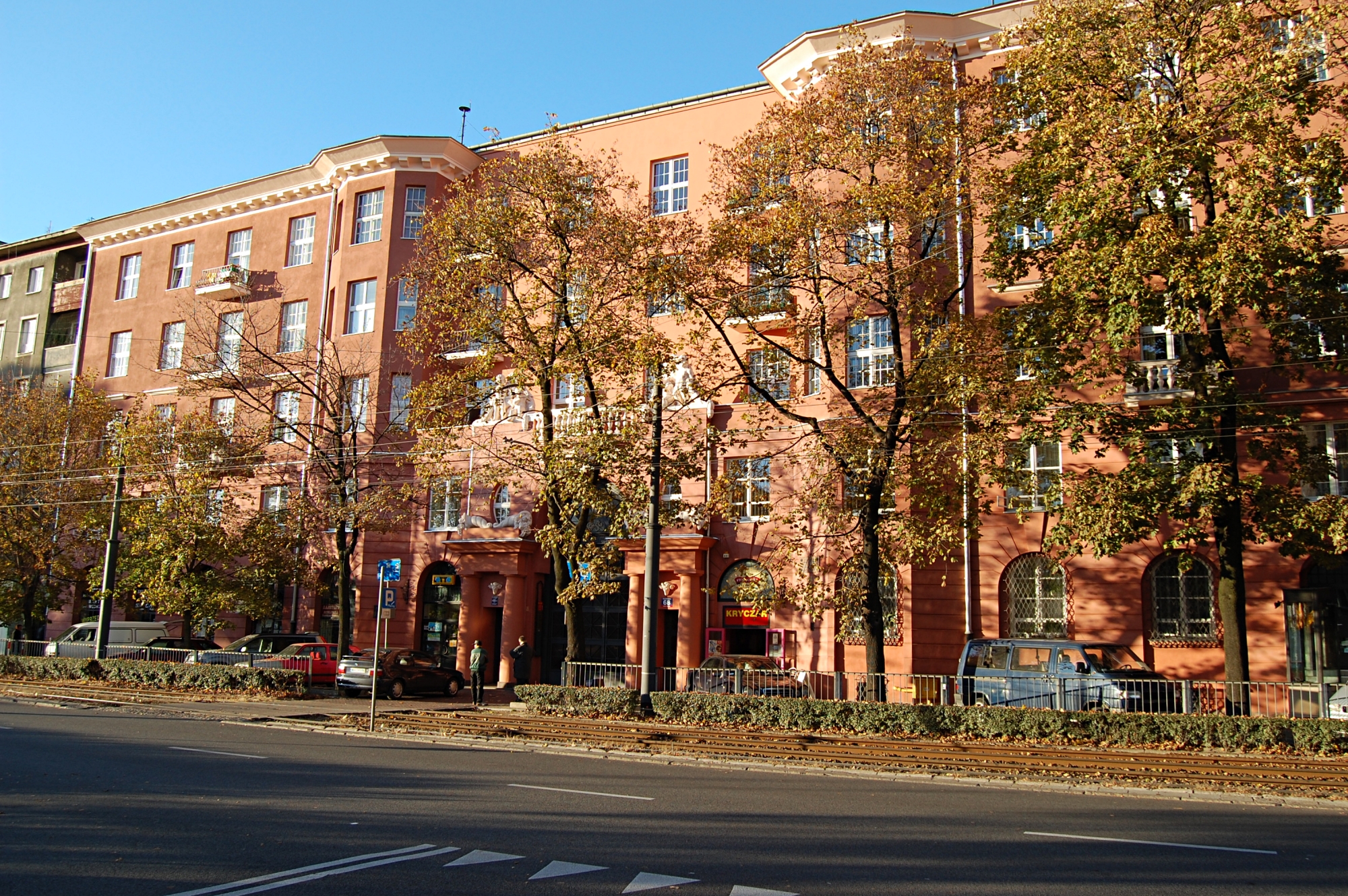Marian Lalewicz is one of the most prominent architects of pre-war Poland. He was active not only in the country, but also in Russia. To this day, many of his works have been preserved, which inspire universal admiration and testify to the architect’s exceptional talent. Lalewicz also devoted himself to the restoration of historic Warsaw buildings, including palaces. He died during the Warsaw Uprising, shot by the Germans in a mass execution at 17 Dzika Street.
Marian Lalewicz was born in 1876 in Wyłkowyszki, Suwałki County. In 1895, he graduated from a secondary school in Suwalki and began studying at the Faculty of Architecture at the Academy of Fine Arts in St Petersburg. After six years of study, he graduated as an architect-artist in 1901. He used his scholarship for study trips to Sweden, Norway, Germany, Austria and Italy, where he acquired additional knowledge and shaped his workshop. By 1917, he was teaching the history of art and architecture at St Petersburg universities, while also designing buildings in Moscow and St Petersburg.
Marian Lalewicz in one of his few photographs. Photo: twoja-praga.pl
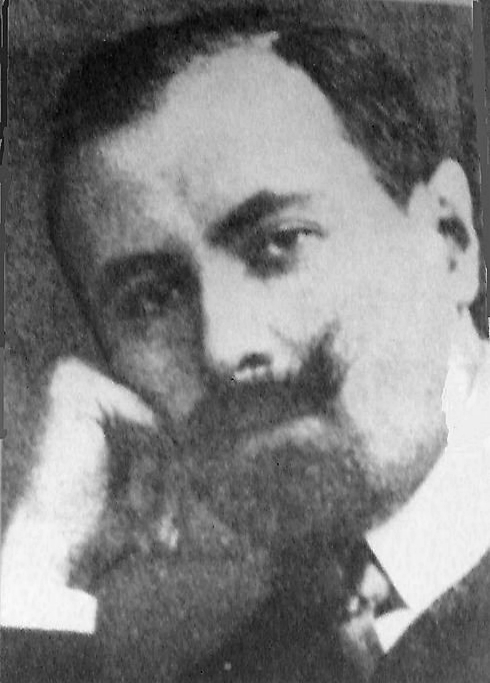
His architectural work was repeatedly awarded in numerous competitions. In 1915, he became the president of the Association of Artists Architects in St Petersburg. After returning to Poland in 1918, he taught at the Academy of Fine Arts and the Warsaw University of Technology. From 1925 to 1927 he became dean of the faculty, and from 1935 to 1938 he became vice-chancellor of the Warsaw University of Technology. From 1930 he was president of the Society for the Care of Monuments of the Past. Marian Lalewicz was a representative of modernism in architecture. His designs were characterised by functionality, adaptation of the form to the needs of the building, flat roofs, large windows and detailed interior planning. Lalewicz’s work also includes neo-Baroque elements, as exemplified by the design of the academic church in Lublin.

Lalewicz is counted among the group of ‘modernist’ architects, seeking new applications for classical forms – simple, monumental, created in the spirit of academic classicism, who skilfully combined the historical past with modernity in his realisations. He designed, but also restored and adapted to new needs, many historic buildings. He was one of the most active conservators of the interwar period. During the defence of Warsaw in 1939, he was commander of the Technical Emergency, engaged in secret teaching, and was active in the Capital’s Self-Help Committee. In 1943, he was evicted from his house at 41 Górnośląska Street and moved to 12 Muranowska Street.
During the Warsaw Uprising in August 1944, he was shot by the Germans in a mass execution at 17 Dzika Street, together with about 200 other people. Marian Lalewicz’s symbolic grave is located in the Powązki cemetery.
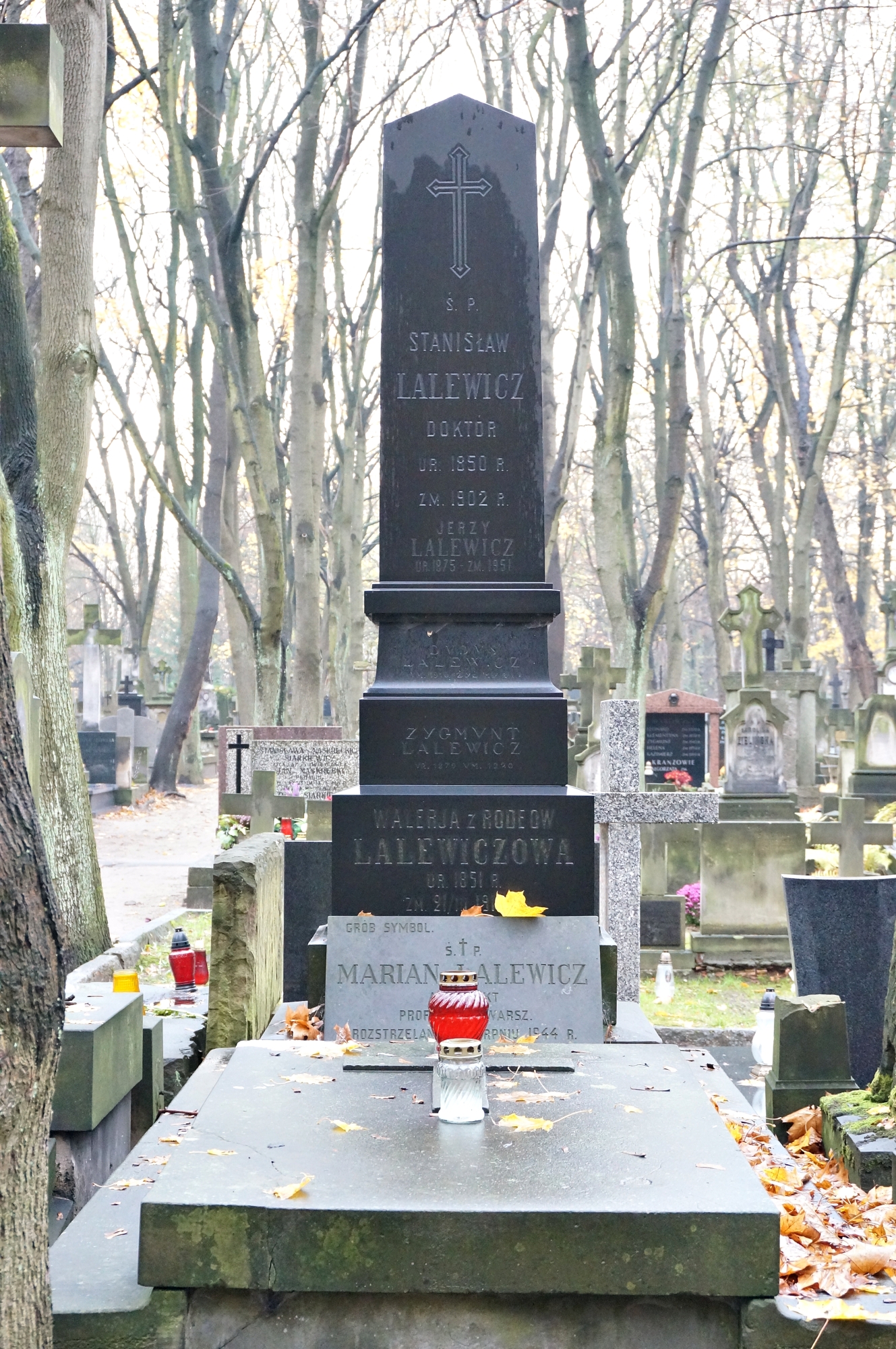
Major projects in Russia:
- Kronwerksky Prospekt in Sainkt Petersburg (1912-1913)
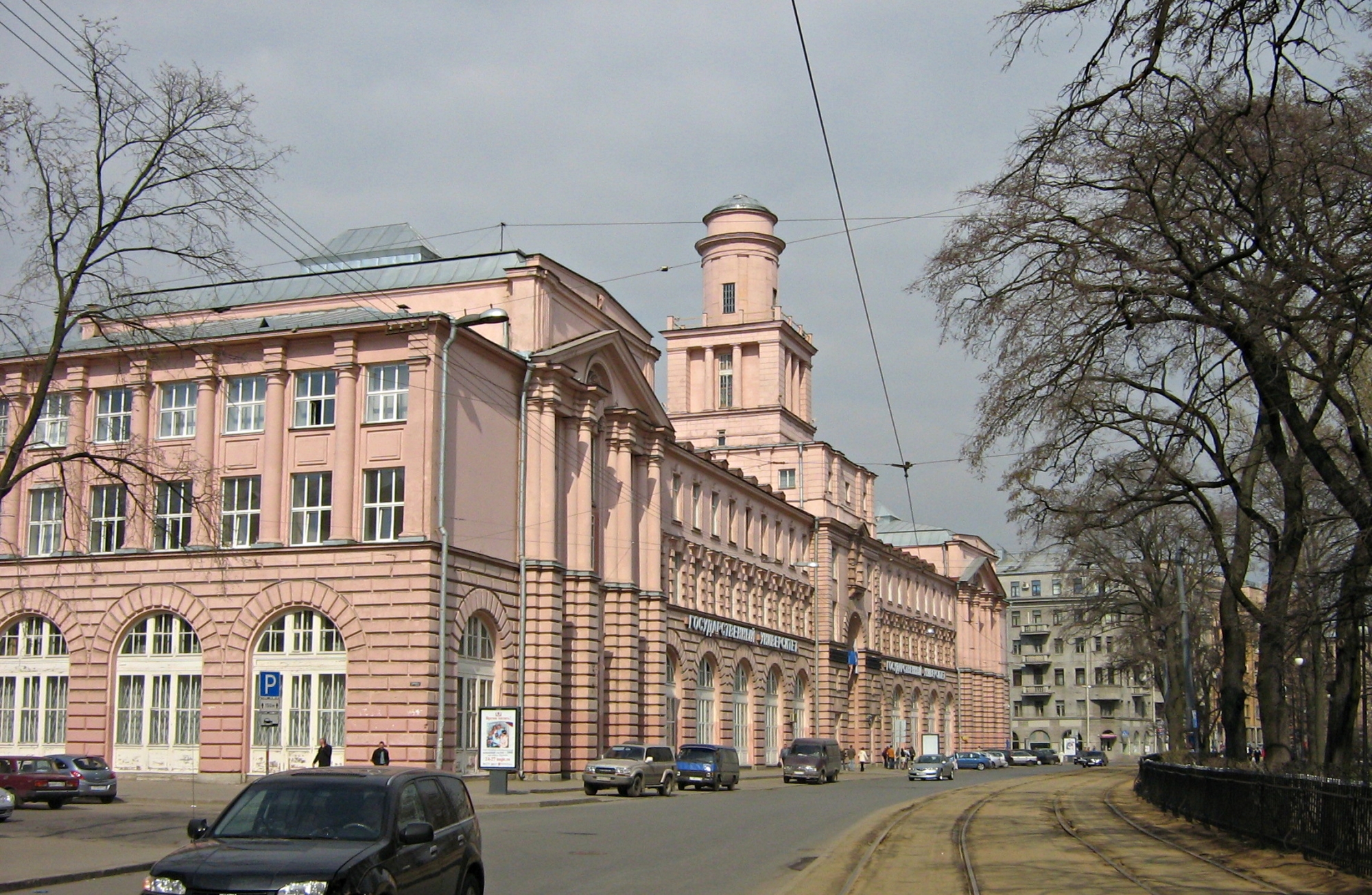
- Sainkt Petersburg revenue house (1911-1912) – now in ruins
[Caption id=”attachment_236027″ align=”aligncenter” width=”2000″]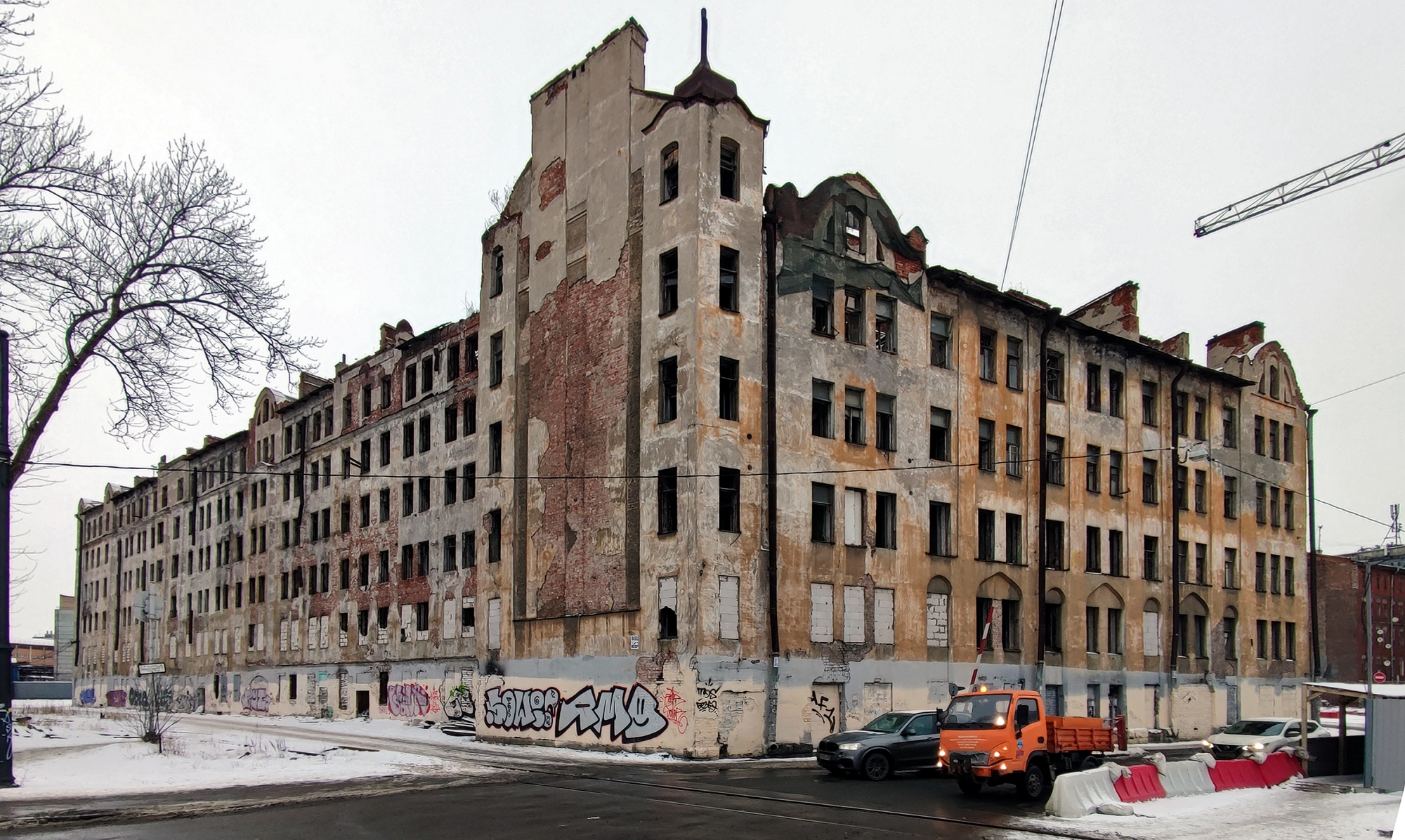 St. Petersburg Income House (39 Rosenstein Street) Photo by Bestalex, CC0, via Wikimedia Commons[/caption]
St. Petersburg Income House (39 Rosenstein Street) Photo by Bestalex, CC0, via Wikimedia Commons[/caption]
- Department store of the Mertens fur company in St. Petersburg (1911-1912)
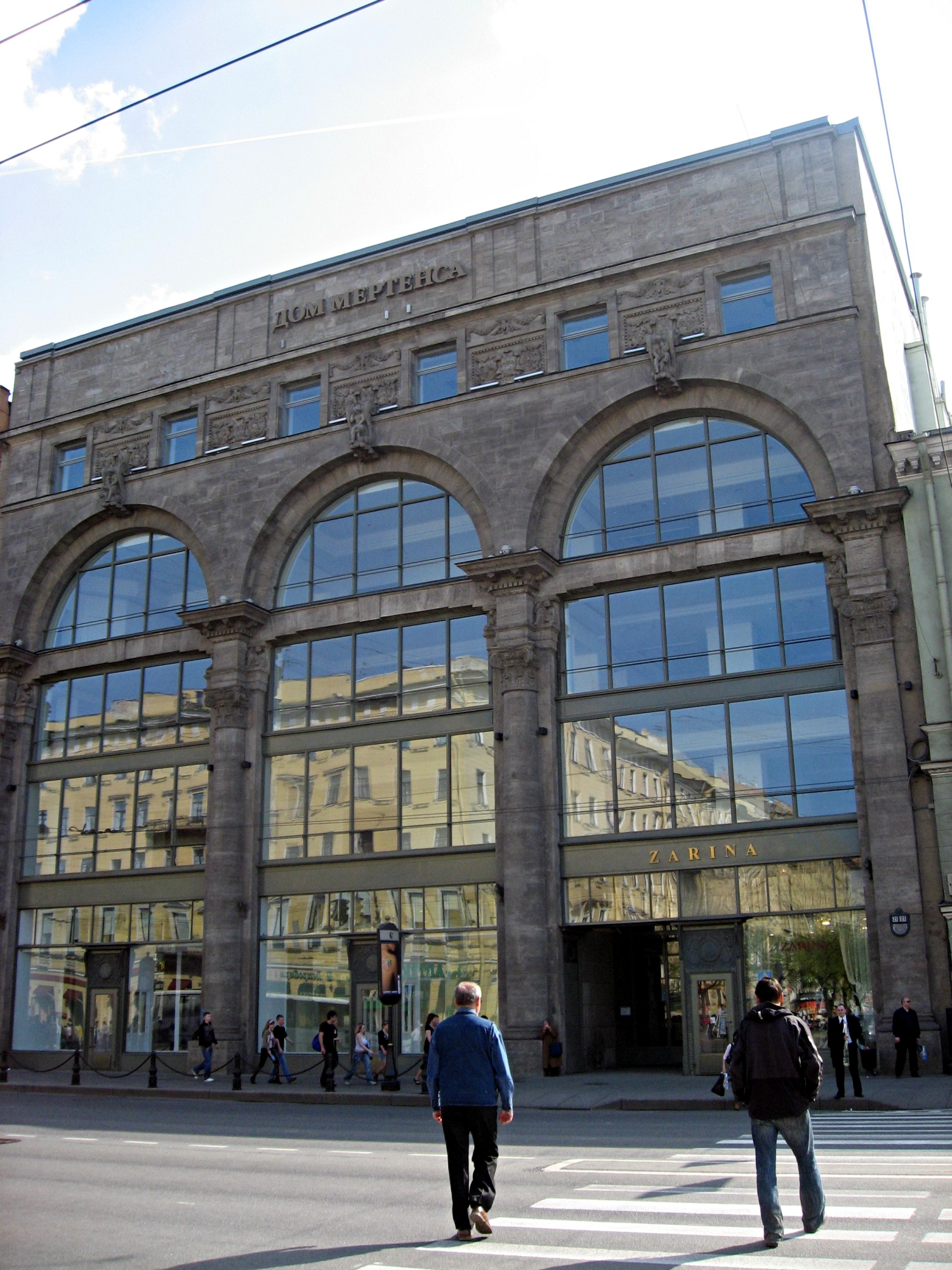
- Siberian Bank building at 44 Nevsky Prospekt Street in Saint Petersburg (1908-1910)
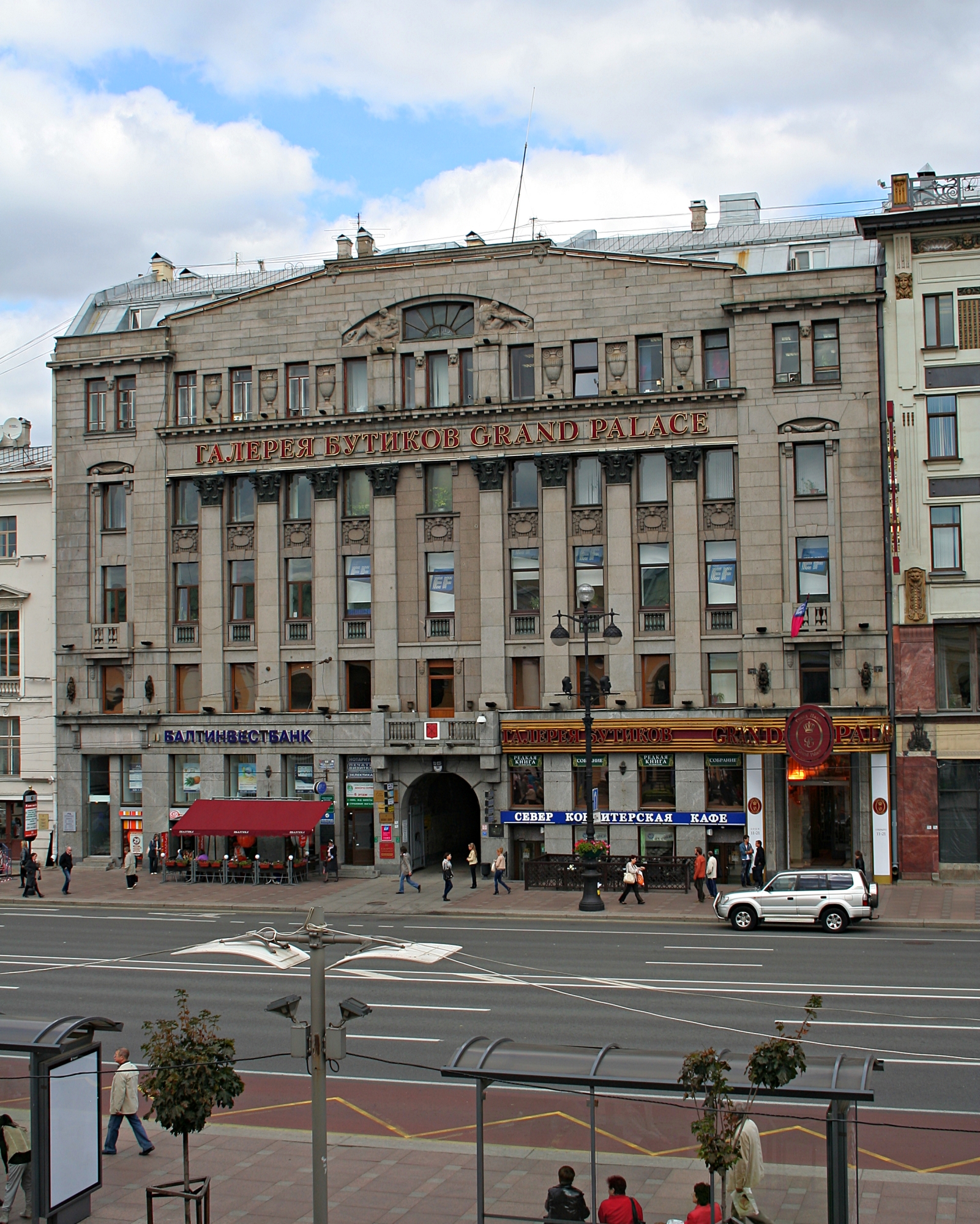
More important projects in Poland:
- The edifice of the Regional Directorate of the State Railways at 74 Targowa Street in Warsaw (1928-1929)
Building in 1932 and 2022. Photo: Henryk Poddębski , Public domain, via Wikimedia Commons and Author of the photo: mamik/fotopolska.eu, Licence: CC BY-SA 4.0
- Building of the Agricultural Bank at 50 Nowogrodzka Street in Warsaw (1926-1927)
The building of the State Agricultural Bank in 1928 and 2024. Source: Main Library of the Warsaw University of Technology and whiteMAD/Mateusz Markowski
- Building of the State Geological Institute at 4 Wiśniowa Street in Warsaw (1923-1930)
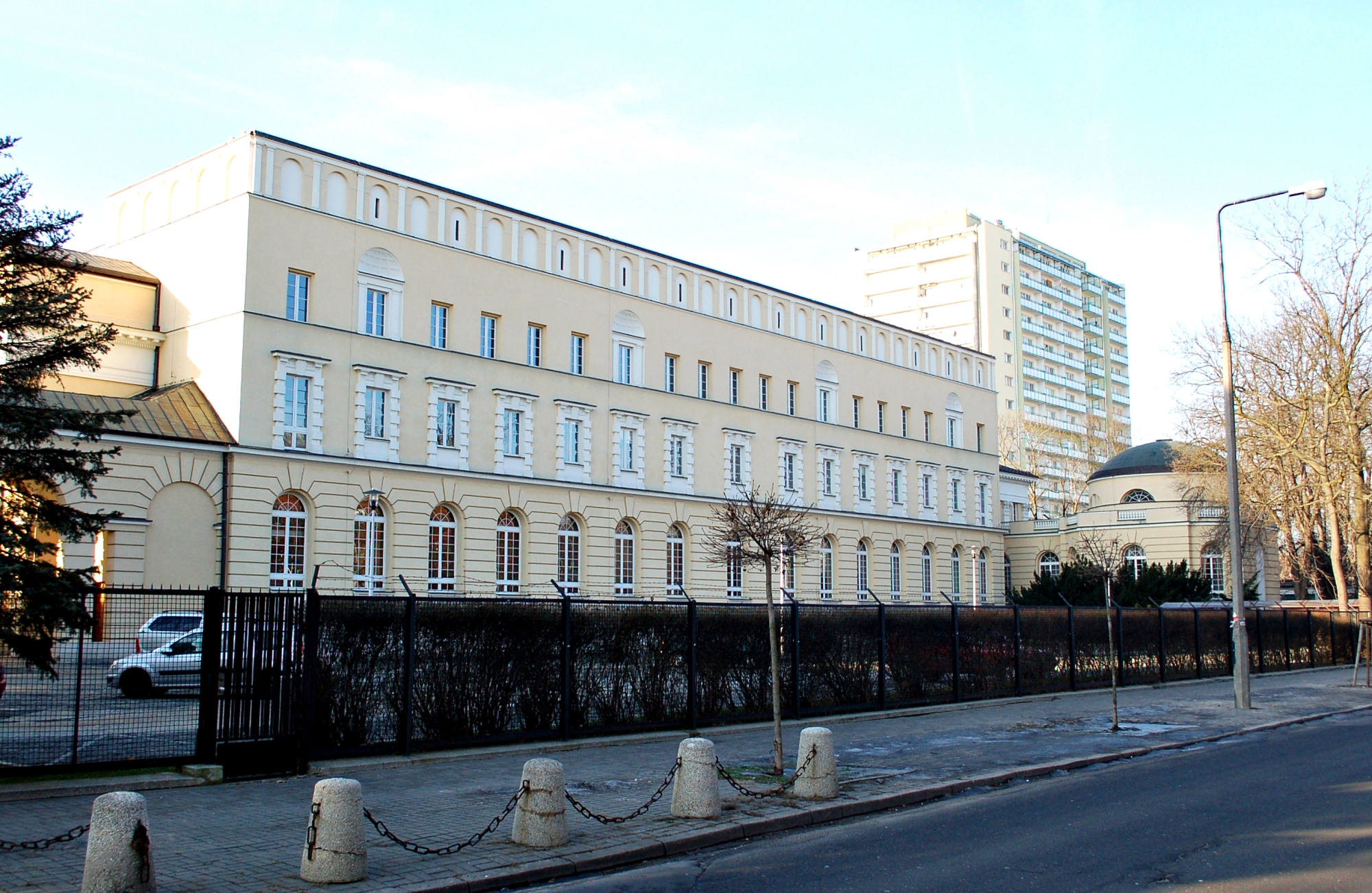
The main museum hall in 1935 and today. Source: Museum of Warsaw, Author: Henryk Poddębski and Robert Niedźwiedzki, CC BY-SA 4.0, via Wikimedia Commons
- Tenement house at 51/53 Mokotowska Street in Warsaw (1923-1925)
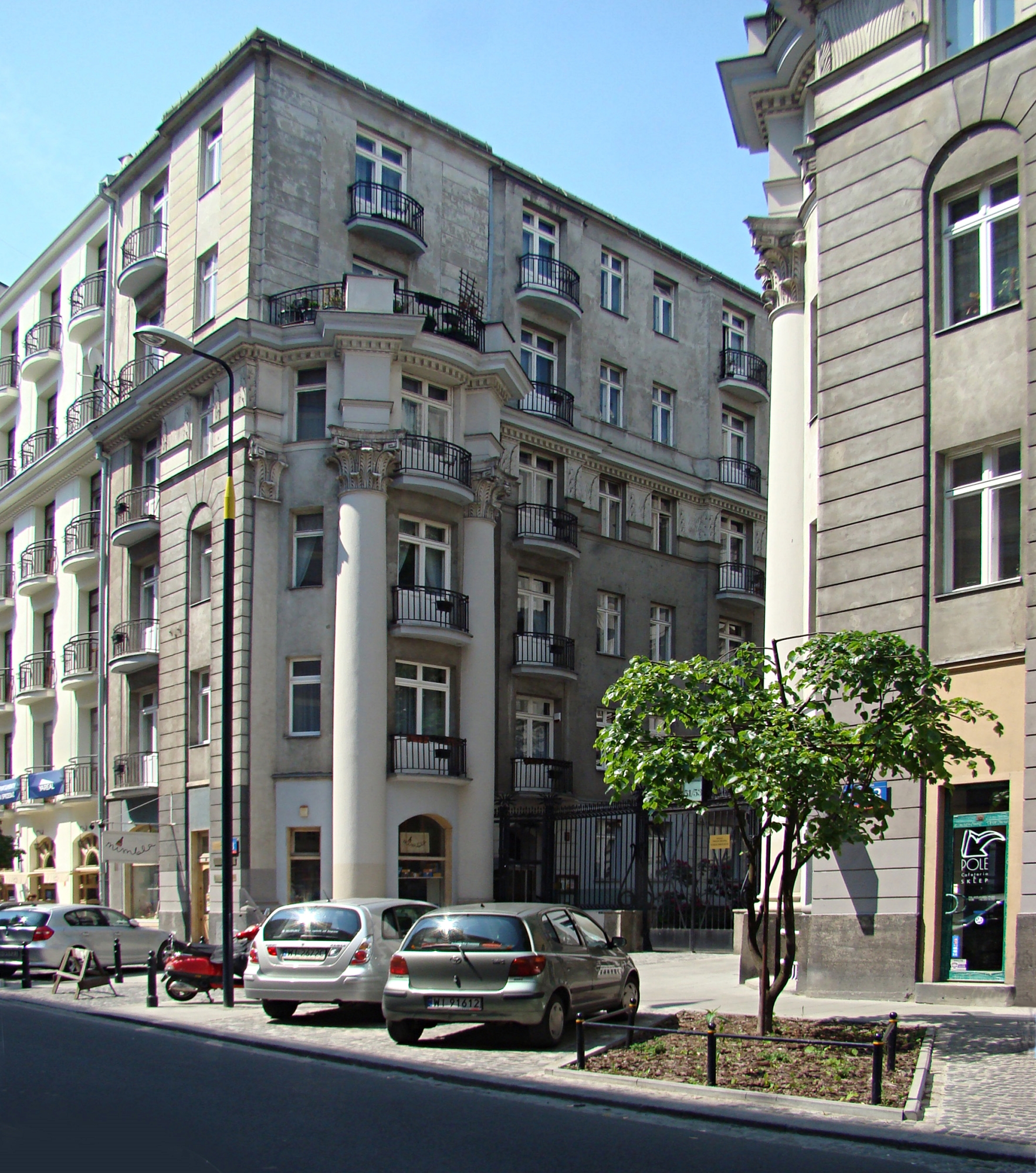
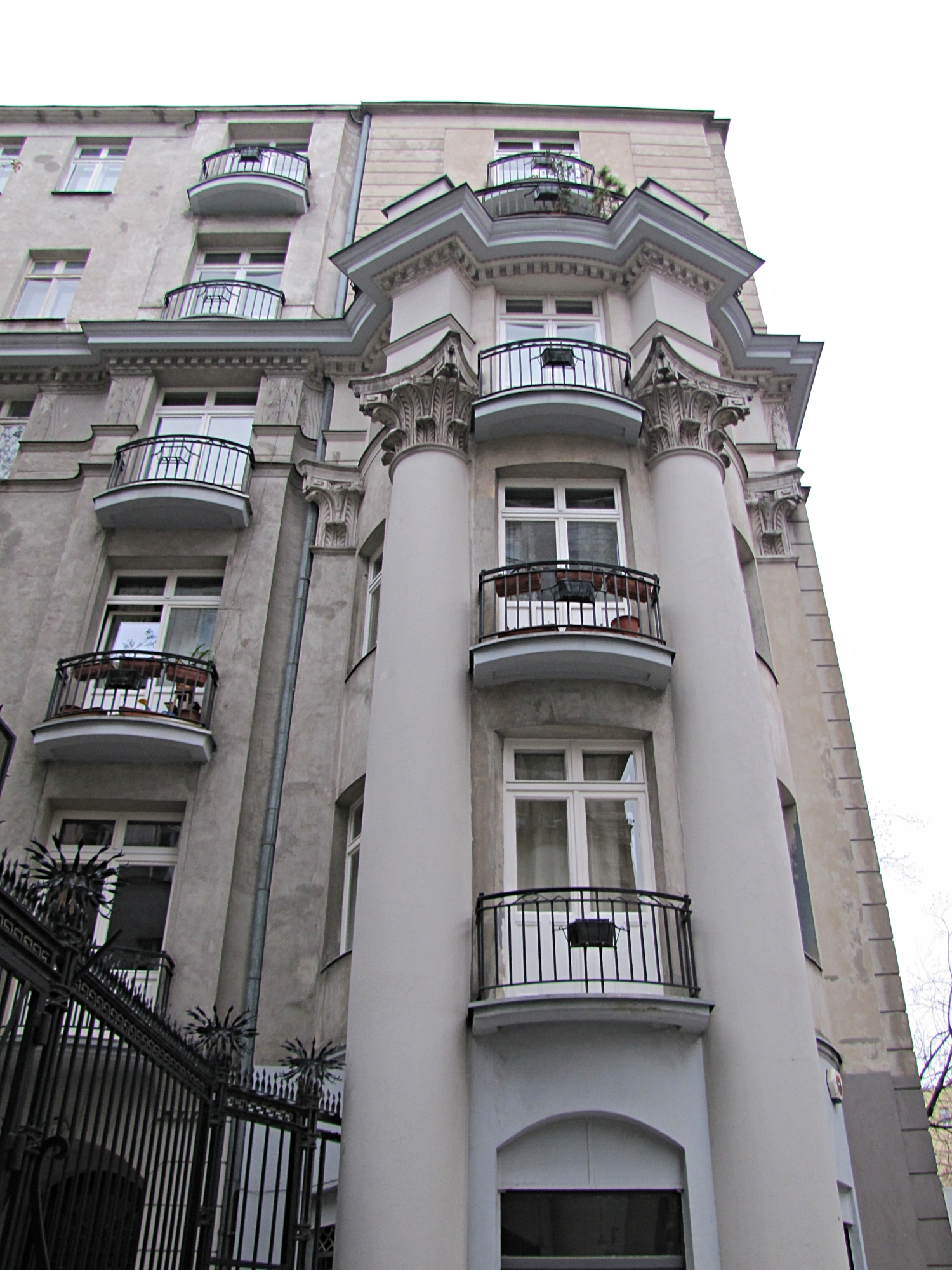
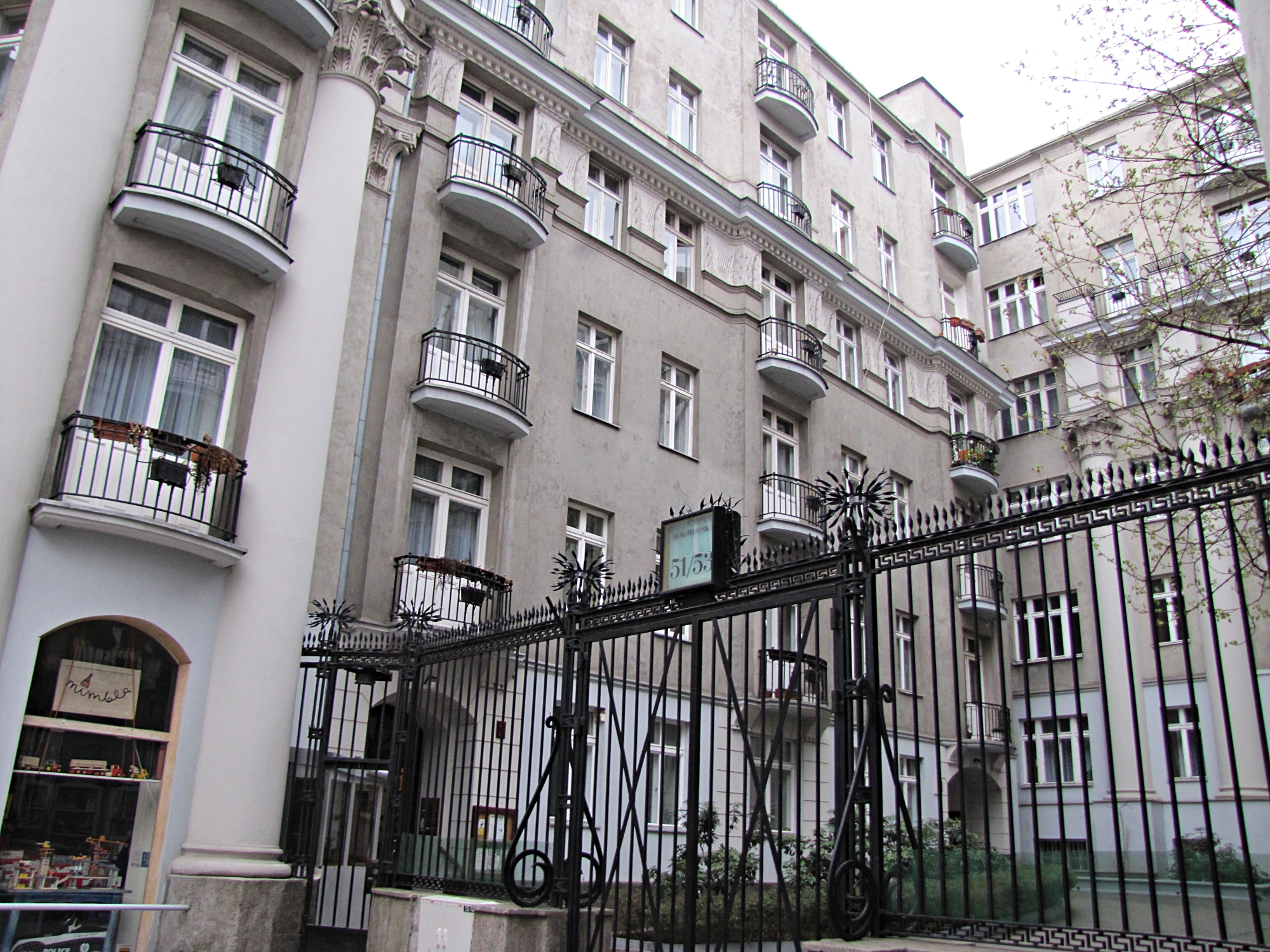
- The profit house of the Postal Savings Bank at 68 Filtrowa Street (1926)
The building in 1932 and 2011. Source: Digital National Library Polona and Panek, CC BY-SA 4.0, via Wikimedia Commons
- Own house in the Professors’ Colony at 41 Górnośląska Street in Warsaw

- Garrison Church in Gdynia (1935-1939)
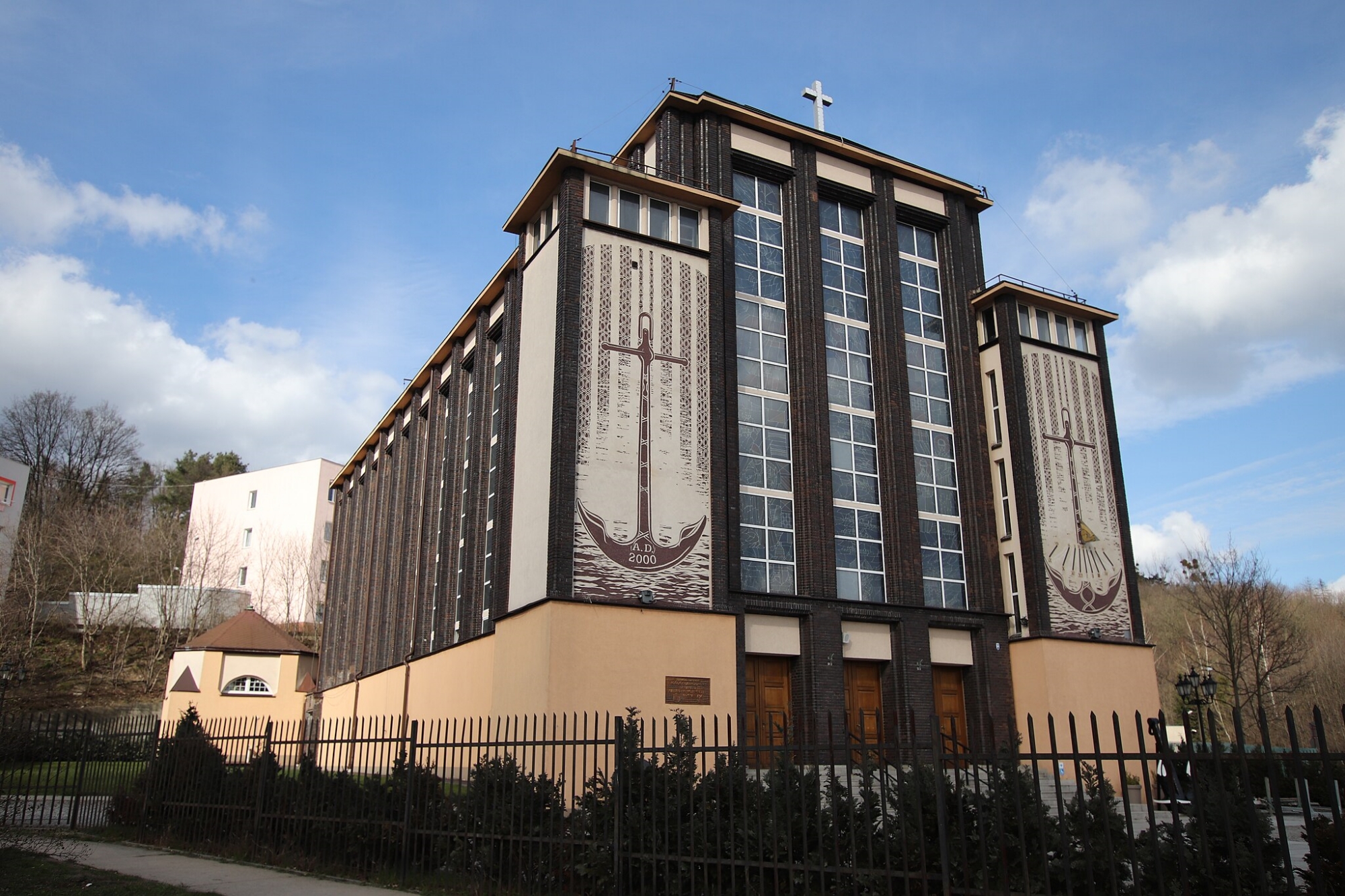
- The building of the National Bank of Poland in Siedlce
Bank in 1934 and 2006. Source: szukajwarchiwach.gov.pl and Public Domain, via Wikimedia Commons
- Conversion of the so-called Świętokrzyskie barracks in Lublin into the building of the Catholic University of Lublin
University in 1930 and 2023. Source: WBP Digital Library in Lublin and mamik/photopolska.eu, Licence: CC BY-SA 4.0
- Agricultural Bank Building in Toruń (1937-1939)
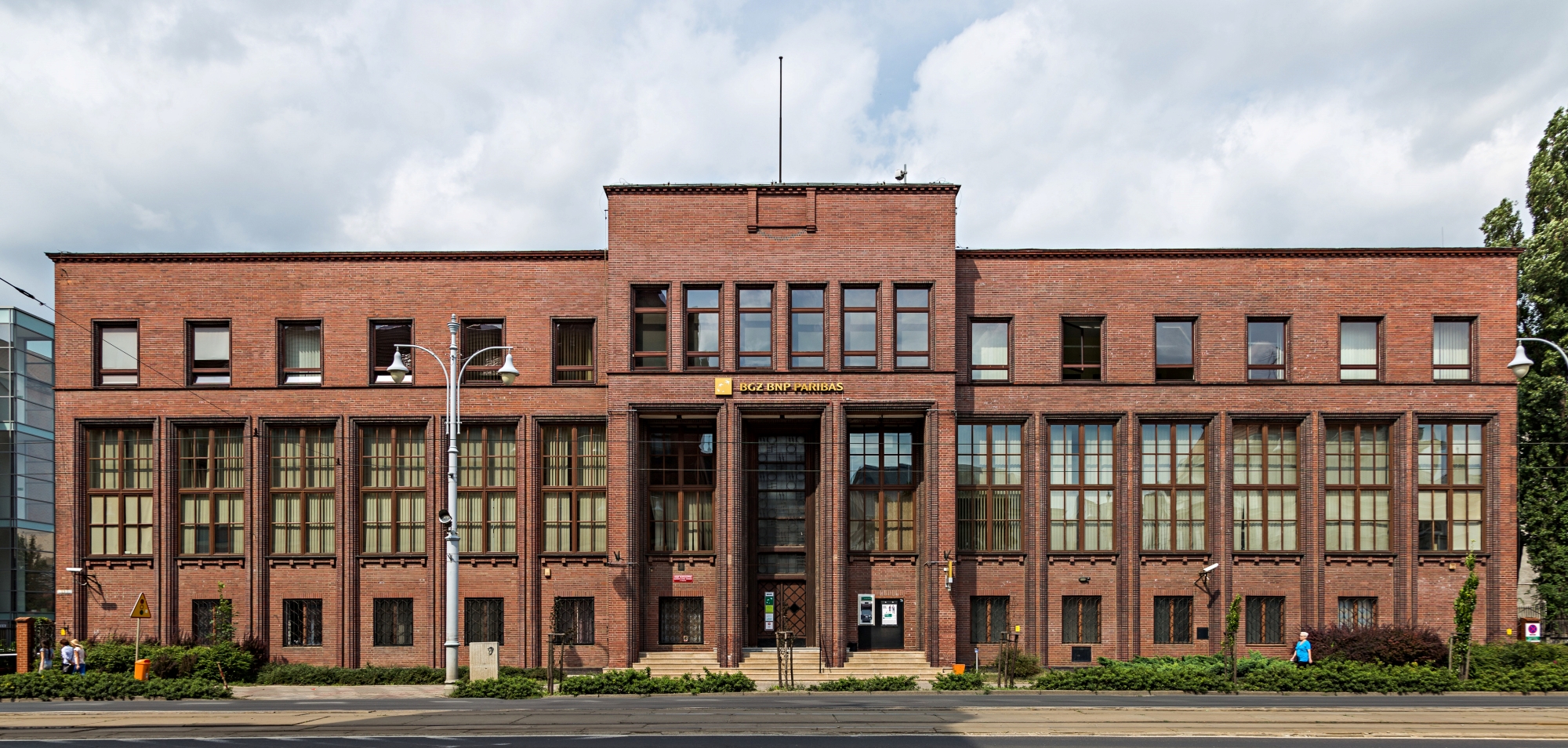
- Restoration of the Staszic Palace converted into the St. Tatiana Roman Catholic Church to its original classicist appearance (1924-1926)
The palace as the St. Tatiana Roman Catholic Church and in its classicist appearance today. Source: United States Library of Congress and whiteMAD/Mateusz Markowski
- Bonifraterska Street pierced by the Court of Appeal building (1936-1937)
The building before and after the crossing was pierced. Source: Mazovia Digital Library
The crossing from the time of the occupation and its contemporary version. Photo: Digital National Library Polona and whiteMAD/Mateusz Markowski
Source: culture.pl, teatrnn.pl
Read also: Architects | Urban planning | Monuments | History | Warsaw | Architecture in Poland

